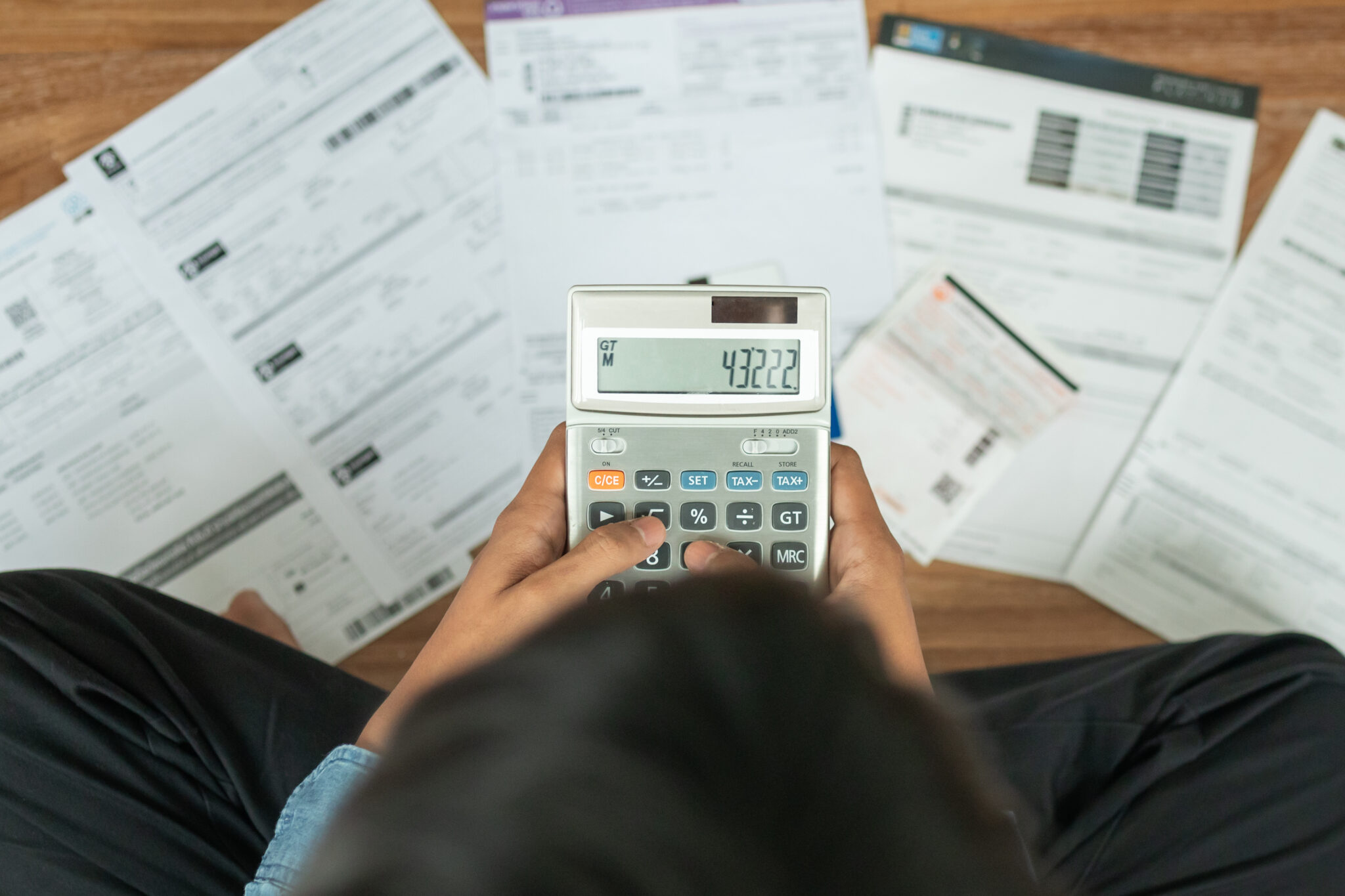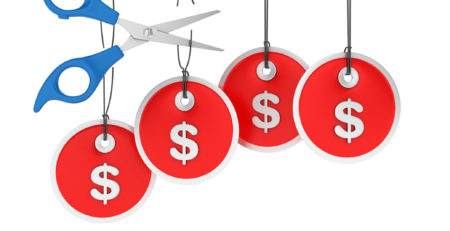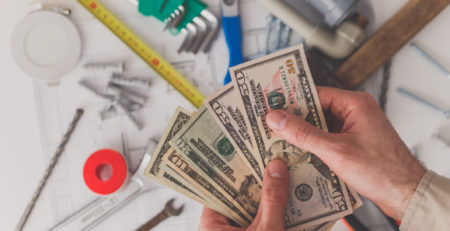How to Quickly Pay Off Your Payday Loan
Payday loans, often advertised as quick fixes for financial emergencies, can lead to significant financial strain due to their high interest rates and short repayment periods. Repaying these loans can be challenging, but with the right strategy, you can manage your debt more effectively.
If you find yourself struggling with a payday loan, consider these quick tips to pay it off as soon as possible. Additionally, learn why an installment loan from a trusted lender like Koster’s Cash Loans might be a better option for managing unexpected expenses.
1. Understand the Terms of Your Loan
Typical Payday Loan Terms and Interest Rates
Payday loans are short-term, high-interest loans designed to cover immediate expenses. They usually range up to $500 and must be repaid by your next payday. Interest rates are exceptionally high, often equating to an annual percentage rate (APR) of around 400%. For instance, a $100 loan might have a $15 fee, resulting in an APR of 391%.
Knowing Your Repayment Schedule and Total Cost
Before taking a payday loan, know your repayment date and the total amount due, including fees and interest. Repayment is typically required in one lump sum on your next payday. Missing the payment can incur additional fees and increase your debt, making repayment more difficult.
2. Set Up Automatic Payments
Setting up automatic payments ensures your payday loan is paid on time.
Prevent Missed Payments
Automatic payments eliminate the need to remember due dates by scheduling payments directly from your bank account. This reduces the risk of missing a payment.
Avoid Late Fees and Credit Score Damage
Late payments can incur hefty fees and damage your credit score. Automated payments help you avoid these issues, keeping your loan costs down and protecting your credit rating.
3. Create a Repayment Plan
Develop a Budget
- List Your Income and Expenses: Start by listing all sources of income and every expense you incur monthly, including rent, utilities, groceries, and transportation.
- Identify Your Loan Payment: Determine the exact amount you need to repay your payday loan each month.
- Allocate Funds: Assign portions of your income to cover essential expenses first, then allocate the remaining funds towards your loan repayment.
Prioritize Loan Payments Over Discretionary Spending
- Cut Non-Essential Spending: Reduce or eliminate discretionary expenses like dining out, entertainment, and subscriptions until your loan is paid off.
- Redirect Savings: Use the money saved from cutting non-essential spending to make your loan payments.
- Stick to Your Plan: Maintain strict adherence to your budget, ensuring that your loan repayment is prioritized until the debt is cleared.
4. Eliminate Non-Essential Expenses
Identify Non-Essential Spending
Start by reviewing your monthly expenses to identify non-essential spending. Common areas to cut include:
- Dining Out: Reduce the frequency of eating out and prepare meals at home instead.
- Entertainment: Limit expenditures on movies, concerts, and other recreational activities.
- Subscriptions: Cancel or pause subscriptions to streaming services, magazines, or gym memberships that are not crucial.
Reallocate Funds to Loan Repayment
Once you have identified areas to cut, reallocate the saved funds towards paying down your payday loan faster. Here’s how:
- Calculate Savings: Add up the total amount saved from cutting non-essential expenses.
- Apply Savings to Loan: Direct these savings towards your payday loan repayment, which will help reduce the principal balance more quickly.
- Monitor and Adjust: Regularly review your budget to ensure that you are staying on track and making the most efficient use of your funds.
5. Increase Your Income
If your current income isn’t sufficient to cover your payday loan repayment, consider taking on additional work. Temporary or part-time jobs can provide the extra funds needed to pay off your loan more quickly.
Examples of Gig Economy Jobs
Here are some flexible job options in the gig economy that you can explore:
- Driving for Uber or Lyft: Use your car to earn money by providing rides to people in your area.
- Food Delivery: Sign up with services like DoorDash, UberEats, or Grubhub to deliver food.
- Freelance Work: Offer your skills on platforms like Fiverr or Upwork for tasks such as writing, graphic design, or virtual assistance.
- Task-Based Jobs: Use platforms like TaskRabbit to find small jobs like home repairs, moving help, or personal errands.
Leverage Extra Income
Use the additional income from these jobs specifically to pay down your payday loan:
- Direct Extra Earnings: Allocate all extra income directly to your loan repayment.
- Accelerate Repayment: Apply these funds to your loan regularly to reduce the principal balance faster and minimize interest charges.
- Track Progress: Keep a record of your additional earnings and how they impact your loan balance, ensuring you stay motivated and on track.
6. Make Multiple Small Payments
Instead of making a single large payment each month, break down your repayment into smaller, more manageable amounts. For example, if your monthly payment is $400, consider making four $100 payments each week. This approach can make it easier to fit repayments into your budget.
How This Method Can Make Repayment Less Overwhelming
- Manageable Cash Flow: Smaller payments are easier to handle within your regular budget, reducing the strain on your finances.
- Regular Progress: Frequent, smaller payments provide a sense of regular progress, which can be motivating and help you stay on track.
- Less Stress: Smaller, more frequent payments can make the repayment process feel less overwhelming and more achievable.
7. Negotiate with Your Lender
- Prepare Your Case: Before contacting your lender, gather all relevant information about your loan, including your repayment history and current financial situation. Be ready to explain why you need to renegotiate the terms.
- Be Honest and Polite: Approach your lender with honesty about your financial difficulties and a polite, respectful attitude. Explain your situation clearly and express your commitment to repaying the loan.
- Request Specific Changes: Ask your lender if they can lower your interest rate, extend your repayment period, or offer any other adjustments that could make repayment more manageable.
- Provide Supporting Documents: If possible, provide any documents that support your request, such as proof of income, a budget, or a financial hardship letter.
Importance of Early Communication
- Avoid Additional Fees: Communicating with your lender as soon as you anticipate difficulty in making payments can help you avoid late fees and additional charges.
- Maintain Good Standing: Early communication shows your lender that you are proactive and responsible, which can help maintain a positive relationship and potentially make them more willing to work with you.
- Explore Options: Early dialogue opens the door to exploring all available options, such as extended payment plans, reduced interest rates, or temporary forbearance.
8. Consider Debt Consolidation
How Debt Consolidation Works
Debt consolidation involves combining multiple payday loans into a single loan with a lower interest rate. Here’s how it works:
- Apply for a Consolidation Loan: You apply for a loan that covers the total amount of your payday loan debt.
- Use the Loan to Pay Off Payday Loans: Once approved, you use the consolidation loan to pay off your existing payday loans.
- Repay the Consolidation Loan: You then make regular payments on the consolidation loan, which typically has a lower interest rate and a more manageable repayment schedule.
Benefits of Debt Consolidation
- Reduced Interest Rates: Consolidation loans usually offer significantly lower interest rates compared to payday loans, which can help reduce the overall cost of borrowing.
- Simplified Repayment: Instead of managing multiple loans and due dates, you only have one loan to repay, making it easier to stay organized and avoid missed payments.
- Lower Monthly Payments: Consolidation loans often have longer repayment terms, which can lower your monthly payments and make them more affordable.
- Improved Financial Stability: By reducing your interest rates and simplifying your repayment process, you can regain control of your finances and work towards becoming debt-free.
9. Use Savings if Possible
Using Existing Savings to Pay Off High-Interest Debt
If you have savings, consider using them to pay off your payday loan. High-interest payday loans can quickly become unmanageable, and using your savings to eliminate this debt can be a smart financial move. Here’s how to do it:
- Assess Your Savings: Review your savings accounts to determine how much you can allocate towards your payday loan without jeopardizing your financial security.
- Pay Off the Loan: Use the identified amount from your savings to pay off your payday loan in full or significantly reduce the balance.
- Replenish Savings: After paying off the loan, create a plan to rebuild your savings over time.
Long-Term Benefits of Reducing Overall Interest Payments
- Lower Total Cost: By using savings to pay off high-interest debt, you avoid the steep interest rates associated with payday loans, reducing the total amount you pay over time.
- Financial Peace of Mind: Paying off high-interest debt can provide significant relief and reduce financial stress, allowing you to focus on other financial goals.
- Improved Credit Score: Eliminating payday loan debt can positively impact your credit score, as it shows responsible debt management and reduces your overall debt-to-income ratio.
- Better Financial Health: Without the burden of high-interest payments, you can allocate more of your income towards savings, investments, and other financial priorities, improving your long-term financial stability.
10. Sell Unwanted Items
Identifying Items You Can Sell to Generate Extra Cash
Start by looking around your home for items you no longer use or need. Common items that can be sold include:
- Electronics: Old smartphones, tablets, laptops, and gaming consoles.
- Clothing: Gently used clothes, shoes, and accessories.
- Furniture: Chairs, tables, and other furniture pieces in good condition.
- Books: Novels, textbooks, and other books that are no longer needed.
- Household Items: Kitchen appliances, decorations, and other household goods.
Platforms for Selling
Once you’ve identified items to sell, use online platforms to reach potential buyers. Here are some popular options:
- eBay: A well-known platform for selling a wide range of items. It allows you to auction your items or set a fixed price.
- Craigslist: Ideal for selling items locally. It’s free to list items, and you can arrange for buyers to pick up directly from you.
- Facebook Marketplace: Another excellent option for local sales. It’s easy to list items and communicate with buyers directly through Facebook.
- Poshmark: Great for selling clothing, shoes, and accessories. Poshmark also provides shipping labels, making it easier to send items to buyers.
- OfferUp: Similar to Craigslist, it focuses on local sales and is easy to use for listing items quickly.
Consider an Installment Loan From Koster’s Cash Loans
Here’s another option—if a payday loan doesn’t offer the flexibility you need, consider applying for an installment loan with a trusted lender like Koster’s Cash Loans. Installment loans typically provide more manageable terms and can be a better option for covering unexpected expenses.
To get an installment loan from Koster’s, you only need proof of your income. Upon approval, you can receive between $200 and $1,000, making it easier to handle financial emergencies.
Koster’s Cash Loans also offers flexible payment schedules and early pay-off discounts, giving you peace of mind and more control over your repayments. Learn more about our services and apply for your needed loan today.











